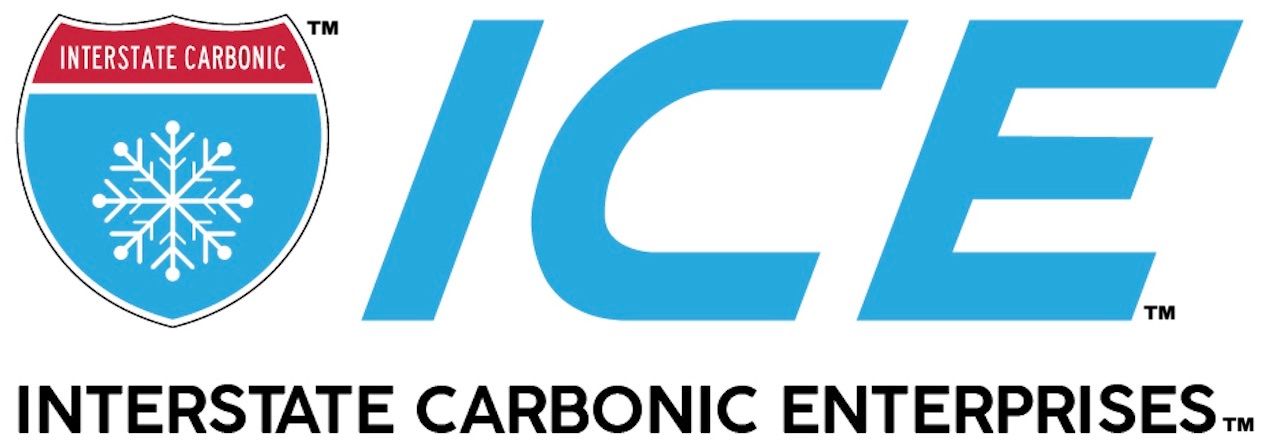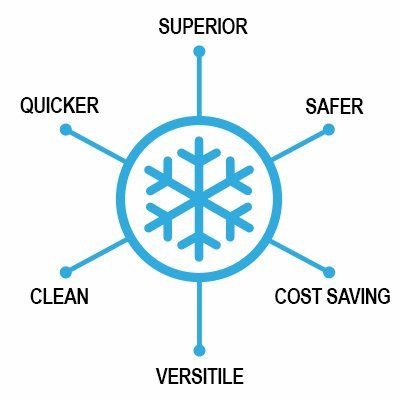APPLICATIONS
Fort Worth dry ice applications
Applications
Industry Overview:
The Green Clean
Hundreds of applications in every industry
There are many different dry ice cleaning applications. Dry ice blasting is clean and safe and has been approved by the EPA, FDA and USDA as an acceptable material in cleaning methods and it does not release harmful gases into the atmosphere. For food processors, dry ice blasting has been documented by the Food Standards Agency to effectively decontaminate surfaces of Salmonella, E. Coli, and Listeria.
In addition to being clean and safe, it is also important to remember that dry ice is obtained as a byproduct of other industrial processes - i.e. it is made from reclaimed CO2.
Other cleaning methods can be toxic:
- When using solid grit media or water for cleaning hazardous materials, the cleaning medium also becomes hazardous, requiring special handling, disposal and regulatory reporting. Dry ice creates none of these waste stream additions
- Sand, soda, or water blasting can create downstream contamination that effects surrounding installations
- Soda blasting can kill surrounding vegetation
- Chemical and solvent cleaning methods are toxic which creates toxic waste requiring disposal
- Workers are exposed to potentially harmful substances through the use of chemicals and solvents
- Dry ice blasting does not generate secondary waste
- Dry ice blasting reduces or eliminates employee exposure to (and corporate liability from) the use of dangerous chemical cleaning agents.
“Using dry ice blasting reduces harmful air emissions and generally creates no addition to the volume of the cleaning process waste stream... in-process machinery can be cleaned on-line, resulting in decreased labor costs and less down-time.”
EPA technical fact sheet for TCA hazards and alternatives.
EPA 905-F-00-026
How can we help you?
Questions about how ICE can meet your dry ice blasting needs in Fort Worth?
Footer Form
Thank you for contacting us.
We will get back to you as soon as possible
We will get back to you as soon as possible
Oops, there was an error sending your message.
Please try again later
Please try again later
Contact Us
For more information on mobilization and/or scheduling:
Call or text: 469-406-1542
© 2025
All Rights Reserved | Interstate Carbonic Enterprises | Website by Olive Street Design

